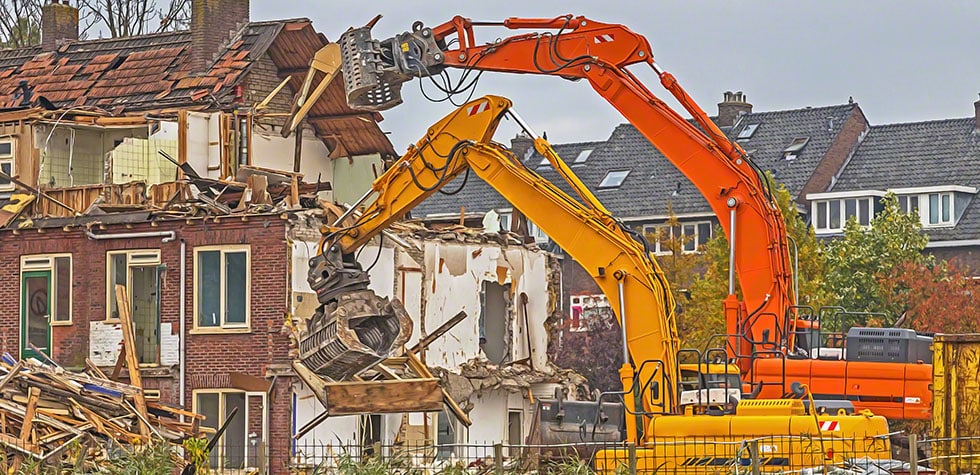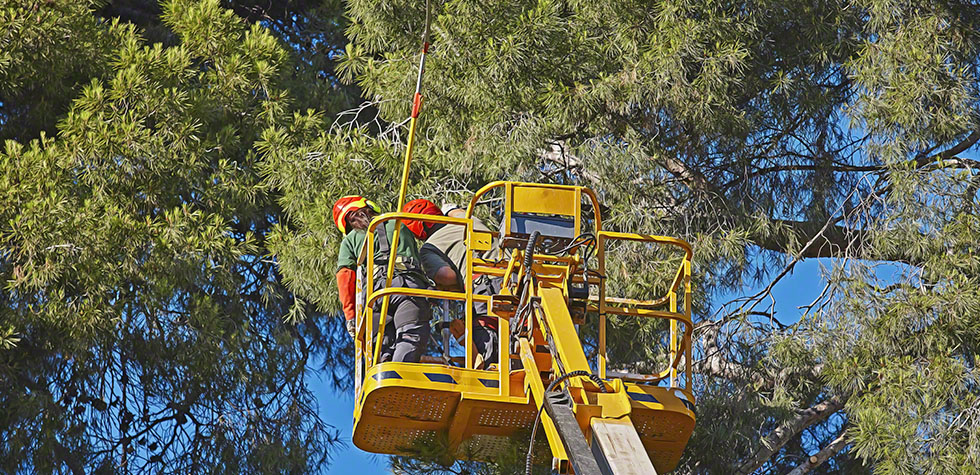Everything you should know about cranes

All types of cranes are different from each other in many aspects. On the most basic level, there is no external power or machinery required for cranes to function properly. You learn more about this by contacting rigging companies near you also. On the other hand, other machinery such as the tractor, excavator, and bulldozers […]
All about overhead ranes

A number of operations that involve metal fabricating involve the use of overhead cranes. However, a big number of companies do not use them simply because they are unaware of their exact capabilities. So, whenever they get a crane for rent, they end up choosing the wrong crane due to a lack of knowledge. In […]